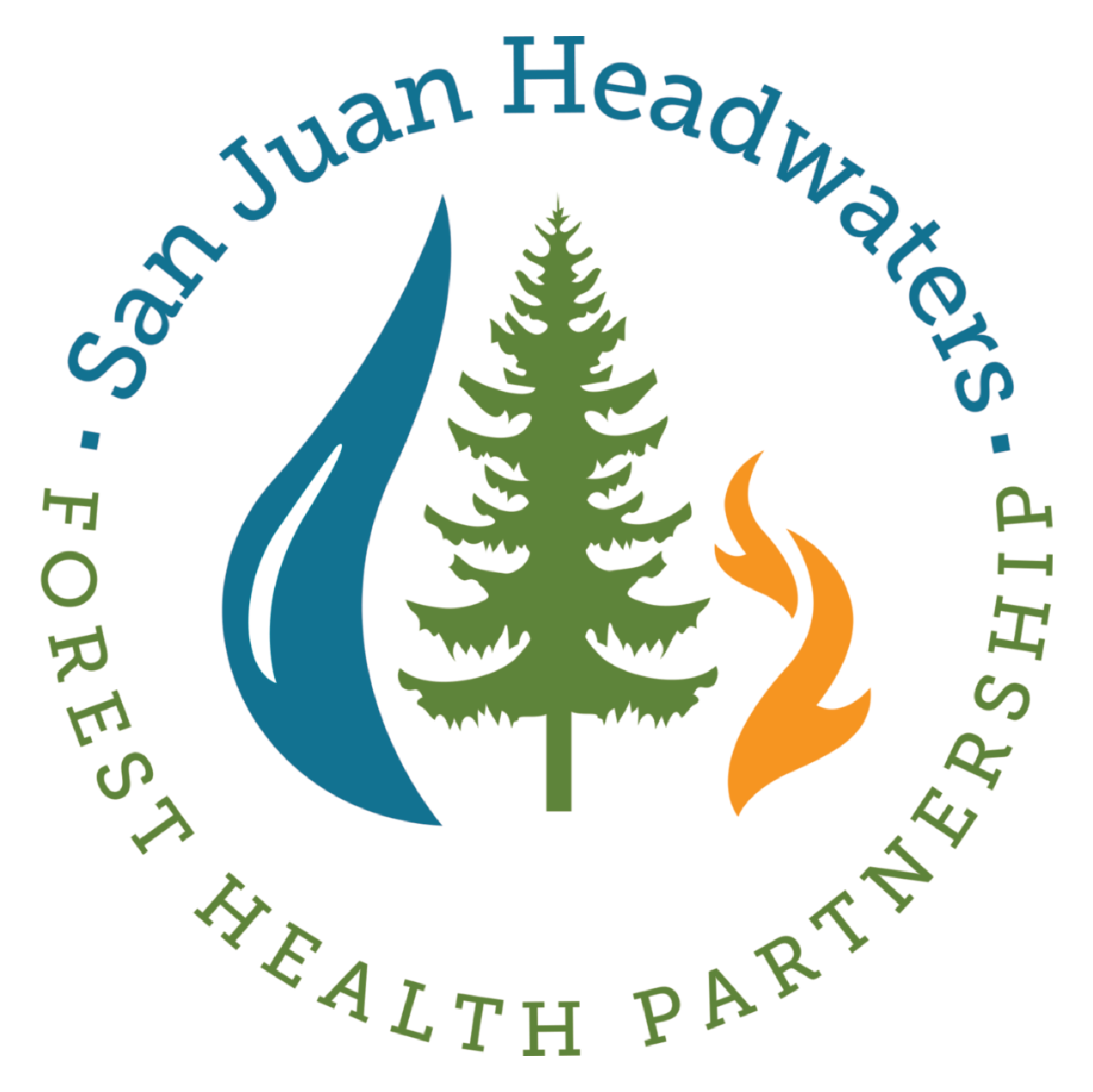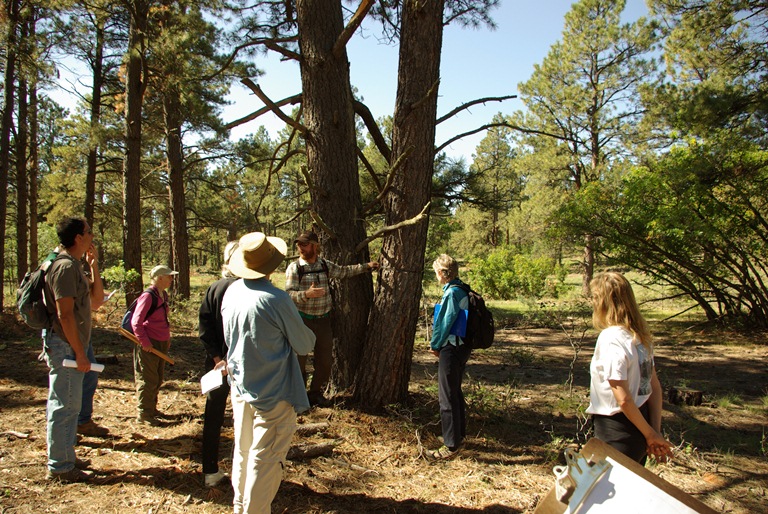The lessons of Little Sand Fire
By Melissa Stedman and Randi Pierce, Pagosa Sun Staff Writers
Just over one year ago, on May 13, 2012, a lightning strike ignited a fire in the Piedra area northwest of Pagosa Springs.
At first, U.S. Forest Service personnel let the blaze continue burning for the benefit of the natural resources, with the area previously identified as one in which fire would be allowed to play its natural role.
Several days of low relative humidity and high winds later, the fire — known as the Little Sand Fire — became an uncontained wildfire that had grown to several thousand acres and was being fought by hundreds of firefighters.
As the summer progressed, so did the fire, with roads, trails and campgrounds closed and evacuations called for some properties in the upper Piedra area.
By July 3, the fire had grown to 24,450 acres, with a cost of more than $6.7 million.
Then, the rains came. Monsoonal moisture drenched the fire, leaving only pockets of smoldering fuels, and all the resources were called off.
With the Little Sand Fire came knowledge. And that knowledge, while already proving useful, will be even more so should 2013 prove to be an active fire season.
Currently, the fire danger in Archuleta County is very high. According to U.S. Forest Service Fire Management Officer Steve Hentschel, after measuring the live fuel moisture, which is done bi-weekly, the grasses, at this point, are sucking up as much moisture as they can until they start dying out. The ponderosa pines and other tree species are starting to come out of hibernation and will also start drawing up more water from the soils.
“Live fuel moistures have their normal cycles they go through, and it really depends on how quick they come up to flush and then start receding, especially like your grasses,” Hentschel explained.
According to Hentschel, the grasses are as flush as they are going to be and running on 280 percent live fuel moisture. The ponderosa pine and other tree species are at their lowest point — 94 percent live fuel moisture, However, as the summer continues into the growing season they will begin drawing up more water.
Last year will also have an effect on this year’s conditions.
“It’s a lot like it was last year, except last year we were dry, so we’re going into it similar to last year but we’re sitting on an already dry foundation. This certainly concerns us, because if you’ve got the cumulative affect of being dry underneath and dry on top, it could be problematic,” said Pagosa District Ranger Kevin Khung.
“With the dry summer, and then we had a dry winter, now we’re coming in to the summer with our predictions of still being dry,” Hentschel explained.
“We were very high prior to a couple of weeks ago,” said Hentschel, “but now we’ve got green-up, the grass will start growing, the oak will start putting on leaves and all that, so they are starting to pump in the moisture.”
That moisture increase led to a brief period of moderate fire danger, before conditions were again deemed to be very dry.
According to Hentschel, what makes the fire conditions worse are heavy down dead material in the area, which the forest service calls “lag.” Due to last year’s dry environment, combined with the dry winter, at this time the heavy material is very dry. These materials hold fires for a long time.
According to Khung and Hentschel, Forest Service staff works with private and state entities to educate and work with the public on how to mitigate and prevent potential wildfires. Just this year, the Pagosa Ranger District partnered with local Firewise committees to implement the first Community Wildfire Protection Plan (CWPP) at a subdivision level in Archuleta County. Forest Service staff provided input and expertise for a CWPP at Echo Canyon Ranch.
“For the private landowners, any chance they can get to create or continue building defensible space is a good idea,” Khung explained. “It doesn’t have to occur at a certain time of the year. I just know in my house it’s whenever I can get after it and it’s a yearlong endeavor. But, defensible space is really important.”
“It’s a continual thing too,” said Hentschel, “Because typically what carries the fires are the fine fuels, which are your needle cast, your down dead leaves, or the cured grass, so you know when trees are dropping their leaves or needles, get them raked up. It’s a continual thing, and, like Kevin said, it’s not something that just happens once in a while. You can’t just do it one year and forget about it for five years.”
In June, the San Juan Headwaters Forest Health Partnership will work with local organizations such as Firewise and the Pagosa Ranger District to put together the Little Sand Driving Tour. The tour and accompanying meetings will educate and inform the public on the current status of the Little Sand area, and the science of fire and the ecosystem. Participants will talk about how elements in the community such as businesses, families and fire communities were affected by the Little Sand Fire.
“We want to talk with people from upper Hinsdale and discuss with them how it affected them, and all three aspects of that triangle, the natural, the social and economic, and have a dialogue,” Khung explained, “Because as we have said all along, during the course of Little Sand, is that fire is very much a component of the place we live in, and we, the Forest Service, have done an excellent job of suppressing those fires. But, in the course of suppressing those fires, all we have done is delay the inevitable, and in the course of that delay, our fires, I believe, will be at higher intensity, with perhaps longer durations.”
“The ecosystem is out of whack,” said Hentschel.
“So,” said Khung, “one of the questions that goes through my mind is, ‘Well, if not now, when?’”


